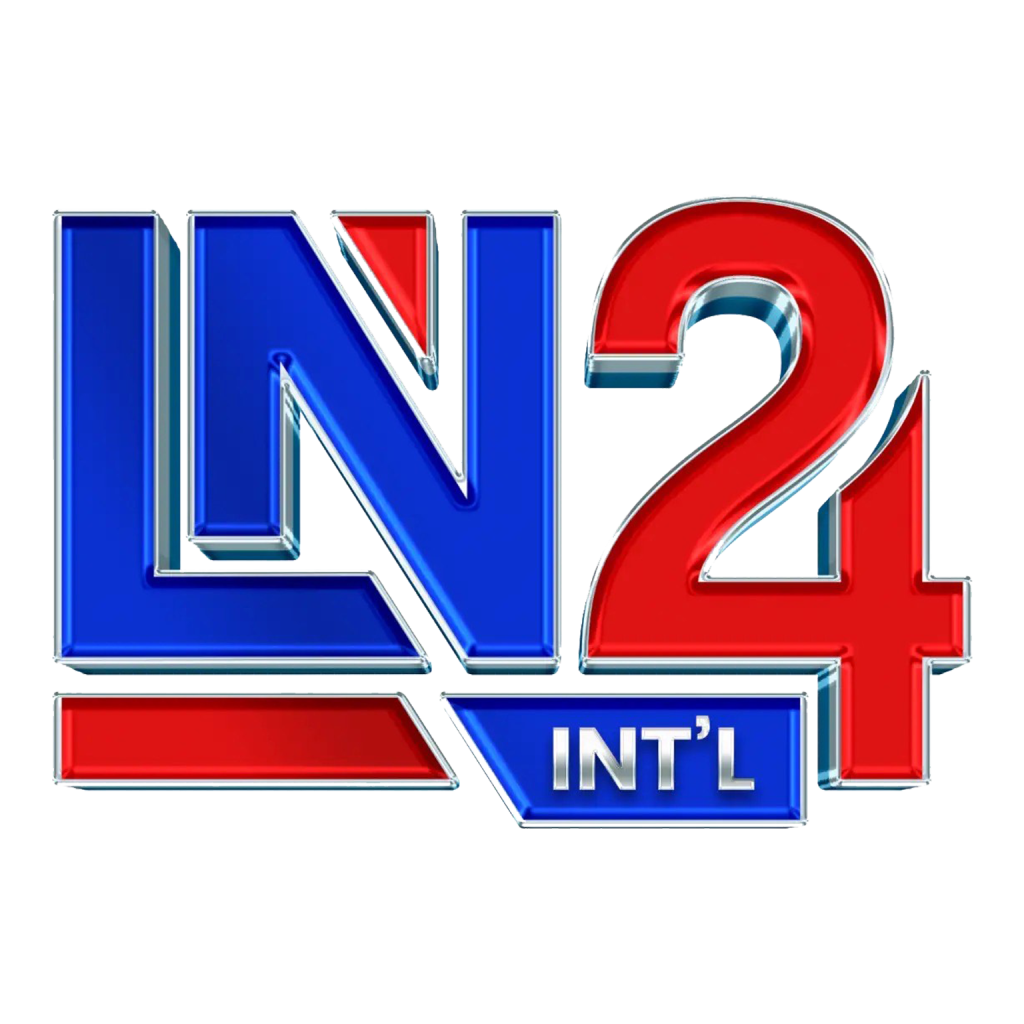Schools as a Battleground in the War on the Innocence of Children

When discussing the war on the innocence of children, a number of battles have come up: from the indoctrination of minors through the LGBT agenda; the excessive medication of the youth with ADHD and depression/anxiety medication that has caused a surge in mental health issues, violence and suicide, to children being exposed to paedophile teachers in the name of LGBT activism, and even the decreasing performance of many school learners.
A panacea that has been proffered by predominantly conservative parents and politicians is school choice, coupled with reducing the powers of (if not completely abolishing) teachers unions. Well, recently, Republican Senator Rand Paul and his wife, Kelley Paul, have made the case that school choice is among the civil rights issues of our time; and we ought to look at this further. And this comes as discussions and denotes on school choice escalate in the status quo.
THE BEGINNING SCHOOL CHOICE MOVEMENT
In 2021, a movement called the school choice movement found new energy when it came to light that the AFTunion had been coordinating school COVID policy with the CDC. But, even prior to this, for decades, activists on the right have pushed to steer state money toward alternatives to the public school system. Typically, they proposed vouchers, in which the state would pay part or all of a child’s private school tuition. But despite all this effort, conservatives could only get limited and targeted voucher programs into place — vouchers for low-income families, or those in low-performing school districts, or for students with disabilities. Even in the reddest states (which is to say the most conservative states), they fell short of the actual goal, which is public money funding private school tuition, for all who want it, including middle-class and wealthy families. However, very suddenly, that has changed. It started with West Virginia in 2021 and Arizona in 2022, and then continued with a flood this year — that brought in Iowa, Utah, Arkansas, Florida, Oklahoma, Ohio, and Indiana. And it appears more may follow.
Now, this reform that is sweeping red America is slightly different from a voucher — it’s called an education savings account, or an ESA. How the two differ is that in a voucher system, public funds go directly to schools; however, with ESAs, parents who opt out of the public school system get several thousand dollars in an account that they can use for private school tuition, homeschooling, or other education-related expenses. But the biggest change is in who can use them: which is everyone. “It’s really hard to overstate how different from any kind of previous legislation these programs are. In addition, the ESAs are not income-tested; which is to say that it’s actually not about getting the lowest-income kids in the worst schools. In fact, it’s been argued that the School Choice movement is aimed at incentivising new schools and learning environments to come to areas of need because the government schools are failing kids due to their own discriminatory and inequitable structure.
In any case, the aftereffects of the Covid-19 plandemic and an unfolding culture war shook up the status quo enough that a longstanding, well-financed conservative advocacy effort could finally defeat long standing resistance to the school choice movement. Now, in many red states and the occasional purple state, we’re seeing what could prove the most sweeping change in K-12 education policy in decades.
SCHOOL CHOICE: A CRITICAL CIVIL RIGHTS ISSUE
Now let’s look at school choice as a civil rights issue, and specifically use the state of Kentucky as a case study. Well, Republican Senator Rand Paul and Kelley Paul said a ballot measure that could let Kentucky lawmakers steer tax dollars toward educational opportunities outside the public school system is a modern day “civil rights issue”. In addition, at a forum hosted by the Warren County Conservatives this week, Kelley Paul encouraged residents to vote “yes” on Amendment 2, saying the measure could help low- and middle-income families whose only options for education might be “failing and violent” schools. If approved, the constitutional amendment would open the door for lawmakers to enact a “school choice” program, such as charter schools or school vouchers that go toward private school tuition.
Kelley Paul also referenced, among other examples, a fight that broke out on a Jefferson County Public School bus earlier this month as an example of violence within public schools, saying Amendment 2 would give “all Kentuckians options that best protect their children and their education and their safety.” But, what precisely makes school choice a paramount civil rights issue in our time? It is that when children are trapped in a failing school where they graduate but can’t even read at a basic high school level, they are likely doomed to a cycle of poverty. This is to say that it is NOT just about a poor education that children are exposed to in the present, it is the greater likelihood of robbing them of the ability to function and contribute as productive members of society in the future as well! But, Senator Rand Paul and his wife are not the only people making the argument that school choice is a crucial civil rights issue. Here’s Burgess Owens making a similar case.
‘MICROSCHOOLS’ GROWING AS OPTION AS MORE FAMILIES SEEK SCHOOL CHOICE
In the fast-changing landscape of education, where school choice is increasingly valued by families across the political spectrum, a new model is growing in popularity: the microschool. Typically, microschools serve a small group of students, ranging from five to around 20 per school. These schools emphasise personalised learning experiences and often operate with a unique curriculum that caters to students’ individual needs and interests. Microschools may have less rigid structures than traditional schools and can be run by a single teacher or a small team.
In microschools, educators and parents agree that children — especially those who are marginalised — benefit from the small class sizes and tailored learning experiences offered by microschools. But, the protruding trend of microschools must not be viewed in isolation to the growth in homeschooling or the school choice movement itself. This is yet another indicator of parents wanting more choice to ensure that their children get the best out of education. In fact, coupled with this, there is also a protruding trend of parents not only speaking against the harms suffered by their children in public schools, parents are also taking the fight to school boards and meetings, and are disregarding the restraint of political correctness that was placed on them.
PARENTS JUST WANT THEIR CHILDREN’S INNOCENCE TO BE PRESERVED
But, it must not be lost on us that at the centre of this school choice movement is that the parents, whose children are enrolled in public schools, just want the innocence of their children preserved! They are the ones with a first hand experience of what happens when your child is exposed to hypersexualisation at the hands of paedophilic teachers. They are also the ones who tend to be the first victims of the violent inclinations produced by antidepressants and anxiety prescriptions or other addictions – as you would have seen with the case of 14-year-old Carly Gregg, last month, who shot and killed her mother, a high school teacher Ashley Smylie, inside their Mississippi home earlier this year.
Prosecutors told the court that the shooting was carried out because Smylie had discovered her daughter’s “secret life” with drugs. They painted Carly as a dangerous killer who had “burner phones,” hidden vape pens containing marijuana, and a history of cheating at school and self-harm. But, in addition to this problem, parents are also the one’s with a firsthand experience of the LGBT agenda indoctrination.
THE WORKABILITY OF SCHOOL CHOICE
Let’s discuss one of the biggest critiques people give towards the school choice movement, which touches on the workability of this approach to education. The critique given to it is that the school choice movement “is a lot of work to re-segregate” schools. In addition, critics argue that school choice is “actually leaving children behind who are in poverty, and who are the marginalised students; which therefore (apparently) means that when those students are left and the funding goes to private schools, their resources, their programming, their staff numbers go down.”
With this critique in mind, let’s agree that when discussing the workability of school choice, it must not be lost on anyone that parents know what is best for their kids, not the teachers unions, and not the US Department of Education. Therefore, as far as workability is concerned, none of these critiques that are given to school choice disprove that parents are primarily in the best position to make choices concerning their children; in fact, all that these critiques highlight are resources-based concerns for schools (like the decrease in funding), while trying to tie that to the marginalisation of children. But, the issue on the availability of funds is actually a bit more nuanced, especially when we consider funds that were allocated since the covid era,
But, I would go a step further and argue that some schools losing funding as a result of school choice is not a bad thing. For some context, in addition to critiques on the workability of school choice, opposition to the school choice movement also continues on three fronts; namely (1) competition (2) giving parents more choice, and (3) the fact that children will go to faith-based schools. The underlying fact here is that teachers unions and bureaucrats want to entrench a monopoly on education, and thus making it difficult for parents to have wiggle room in making decisions that pertain to the education of their children, say for example, if a parent wants to take their child to a faith-based school that does not endorse the LGBT agenda.
And so, the two main groups that are opposing the school choice movement are teacher’s unions and public school districts, and they are opposing it because right now they have a virtual monopoly on education, especially considering that 91 percent of students go to public school; these two actors see the competition that would be brought by school choice as a threat. BUT, one of the winning attributes of competition is that it allows the business or entity providing the best product of service at a competitive price to win. And so, if the status quo allows public schools backed by teachers’ unions to provide sub-par education while receiving public funds, then competition through school choice policies that enable parents to take education funds elsewhere should render these schools obsolete – there is simply no virtue in keeping a bad school operational.
However, when we make the agenda of the adversary plain, the veil of deception is indeed being broken, and people are waking up to the reality that we have a duty to restrain the works of the devil and his cohorts, especially as they never intend for the nations to be at peace. And as we keep saying here on ‘The War Room’, with our praises to God, with our prayers, our faith’s proclamations and prophecies, we have the victory; For the weapons of our warfare are not carnal, but mighty through God to the pulling down of strongholds! And so, let us keep fighting the good fight of faith because, truly, we have already won.
Written by Lindokuhle Mabasa
